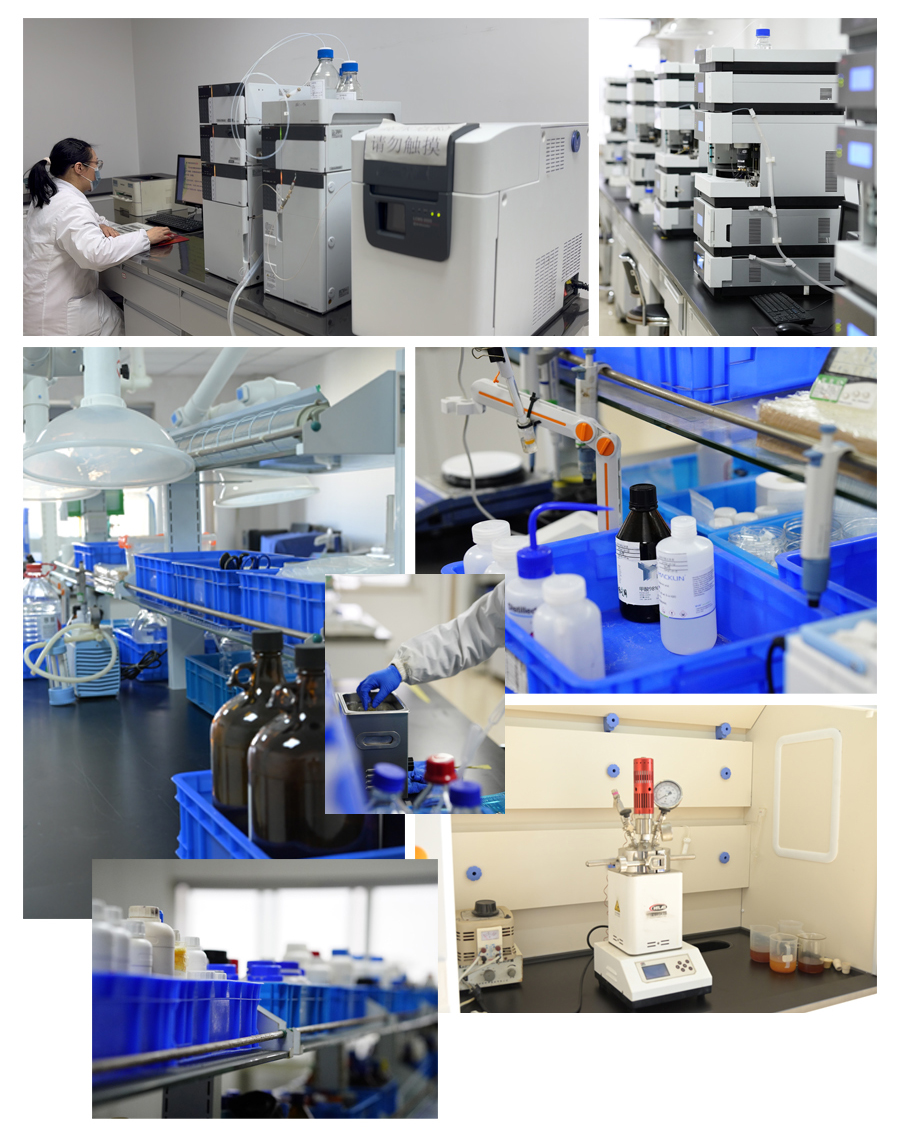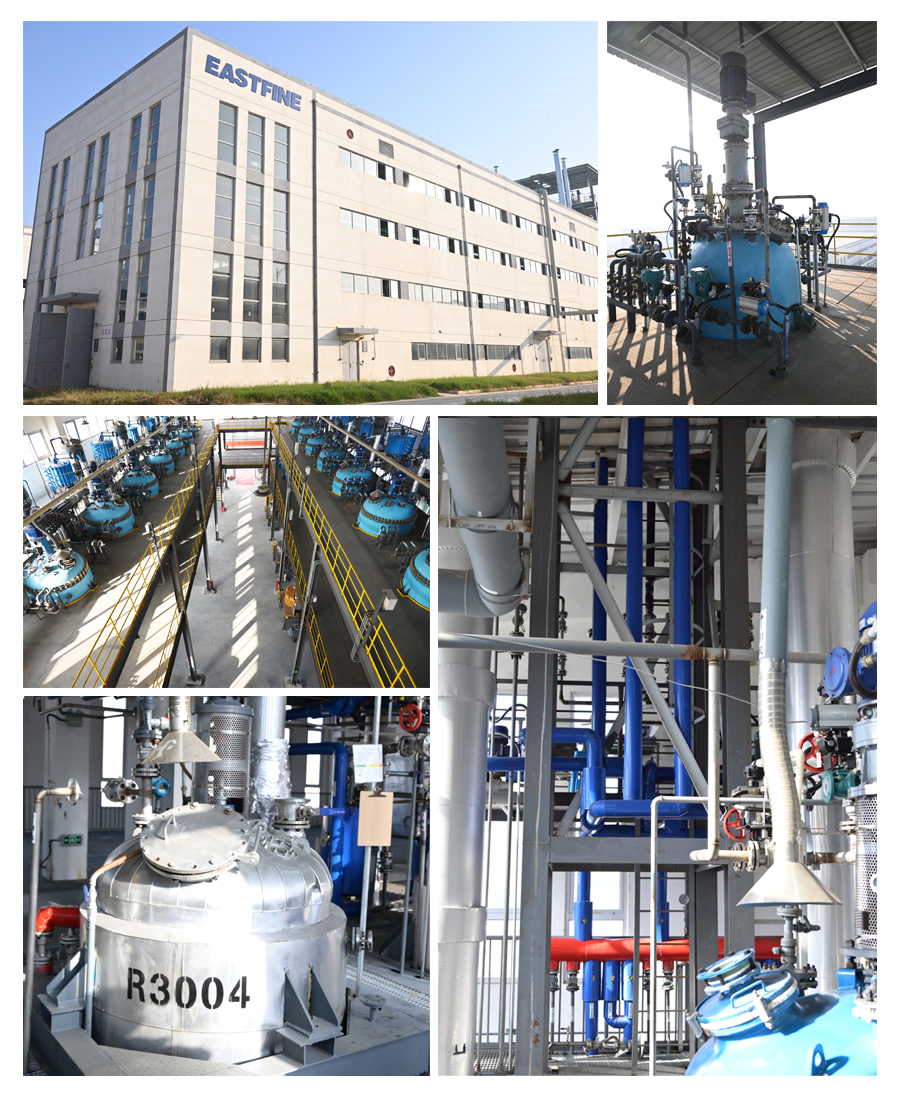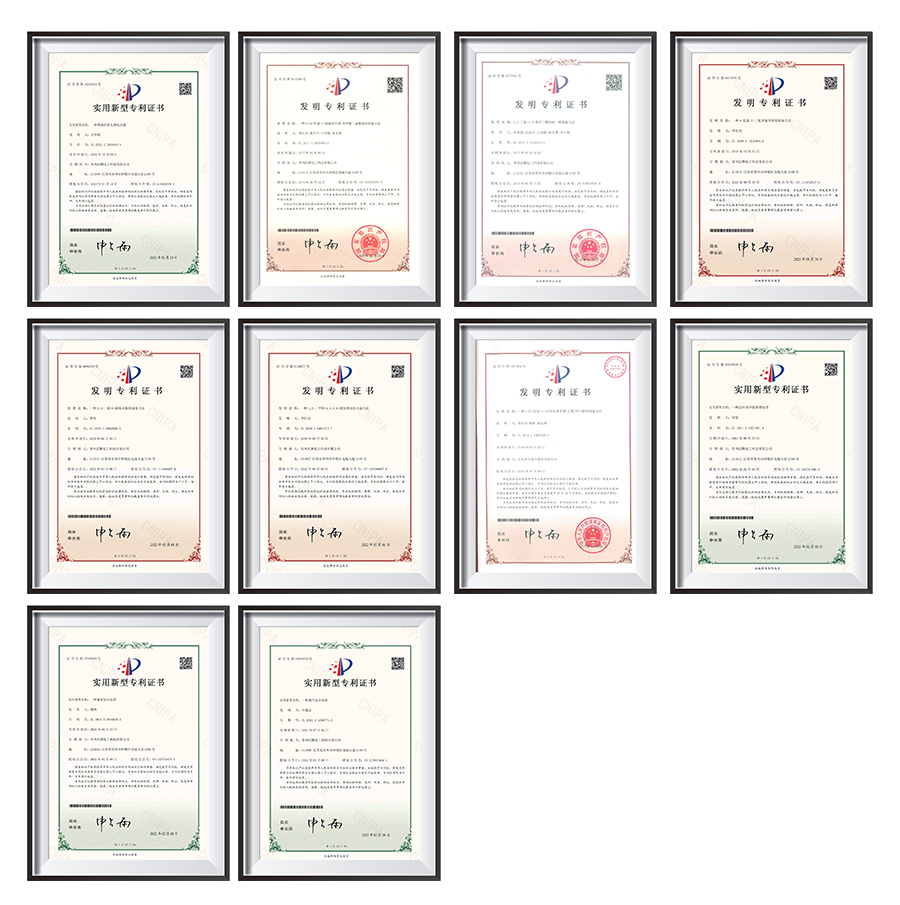| Availability: | |
|---|---|






Product Description
We are a agrochem intermediates manufacturer of 854122-75-1 Saflufenacil Metabolite M800H02.
Its CAS No. is 854122-75-1.
Our agrochem Intermediates can be used in a variety of APIs such.
Product Category | Agrochem Intermediates |
CAS NO | 854122-75-1 |
Product Specifications | Density: 1.571±0.06 g/cm3(Predicted) pka: 4.24±0.40(Predicted) |
Office Environment

Laboratory

Workshop/Warehouse

Certificate

854122-75-1 Saflufenacil Metabolite M800H02 is produced by EASTFINE , and we are in charge of overseas selling . Not just trading compamy .
China,America,Brazil,England,Russia,Poland,India,Pakistan,NewZealand,Korea,Australia,Dubai,Turkey,Indonesia,UAE.
yes , you can have 1 854122-75-1 Saflufenacil Metabolite M800H02 sample for starting the business , but it is not free
please contact sale team for detail.
M800H02 is a metabolite formed when Saflufenacil undergoes degradation or transformation, primarily through biological processes in plants or soil. It is a breakdown product of Saflufenacil but is not the active herbicidal compound itself.
As a metabolite, M800H02 does not have direct herbicidal activity and is typically not used in formulations. However, its presence can be of interest for environmental and regulatory monitoring, particularly in studies assessing the persistence of Saflufenacil in the environment or its impact on non-target organisms.
Environmental safety: Determining how long the herbicide and its metabolites persist in the environment.
Toxicological assessments: Evaluating whether the metabolites have any unintended harmful effects on wildlife or humans.
Regulatory compliance: Ensuring that herbicide usage does not lead to long-term contamination of soil, water, or air.
The specific toxicity of M800H02 has not been widely detailed in public resources, but it is important to note that metabolites of herbicides can sometimes have different toxicity profiles than the parent compound. In general, the toxicity of a metabolite is assessed through specialized studies to understand its potential environmental or health impacts.
The metabolite can be detected and monitored using analytical chemistry techniques such as liquid chromatography-mass spectrometry (LC-MS), which allows researchers to identify and quantify the metabolite in soil, water, and plant tissues.
As a chemical metabolite, handling precautions for M800H02 would generally follow those for other chemical compounds with similar properties. It should be handled in accordance with chemical safety protocols to avoid accidental exposure or contamination.
Because M800H02 is a metabolite and not the active herbicide, its effects on crops or non-target plants are typically studied in the context of persistence and degradation. It is unlikely to exhibit the same herbicidal effects as Saflufenacil, but it could contribute to the overall environmental impact of the herbicide over time.
Information on this specific metabolite may be found in scientific publications, regulatory assessments (such as those from the EPA), or agricultural chemical databases. It is also important to review the safety data sheets (SDS) for related chemicals like Saflufenacil to gain context on handling and environmental impact.